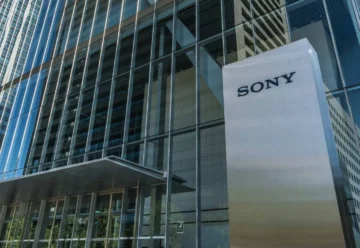U.S. DLT Network Testing for CBDCs and Commercial Banks’ Digital Assets Completed

The Federal Reserve Bank of New York, in conjunction with nine major financial institutions and SWIFT, completed testing of a unified payment system (RLN) for wholesale CBDCs and digital assets of commercial banks.
The Federal Reserve Bank of New York’s New York Innovation Center (NYIC) completed the proof-of-concept phase of its work on a regulated liability network (RLN). Specifically, project participants deployed test infrastructure for exchange and settlement in CBDCs and digital assets of commercial banks.
The project investigated the use of distributed ledger technology (DLT) to provide secure and efficient payments. The study was conducted in a test environment with artificially simulated digital currencies denominated in U.S. dollars.
The following use cases were modeled and tested as part of the study:
- Interbank payments. This scenario involved simulating wholesale payments in U.S. dollars between commercial banks using tokenized deposits and a theoretical wholesale central bank digital currency (wCBDC) for settlement.
- Cross-border payments in U.S. dollars. This scenario focused on international wholesale payments in U.S. dollars and explored the potential of the system to improve the U.S. currency experience globally.
The study showed that the use of a shared distributed ledger could be a potential solution to support innovation in payments. Additionally, the research also proved:
- the ability of the suggested architecture to provide the benefits of settlement finality, a common source of truth, standard transaction data, and privacy for all network participants;
- the potential to use smart contracts for efficient liquidity management;
- the ability to use the DLT network to speed up and automate the processing of wholesale payments denominated in U.S. dollars;
- the lack of barriers in the existing U.S. legal framework to the use of DLT to record and update ownership of central and commercial bank deposits.
According to Per von Zelowitz, Director of the NYIC, the study enabled the Federal Reserve Bank to understand the potential functional benefits of the interaction between CBDCs and commercial banks’ digital assets based on a shared distributed ledger. It’s worth noting, however, that the project had to give up some of blockchain features, such as security and anonymity.
The Federal Reserve Bank of New York was also quick to point out that the completion of the project’s testing doesn’t mean it signals a decision to introduce CBDCs in the U.S.
Testing began last November with such major TradFi representatives as BNY Mellon, Citi, HSBC, Mastercard, PNC Bank, TD Bank, Truist, U.S. Bank, and Wells Fargo. By the way, HSBC started testing the ability to use quantum technologies to enhance security in financial transactions.











